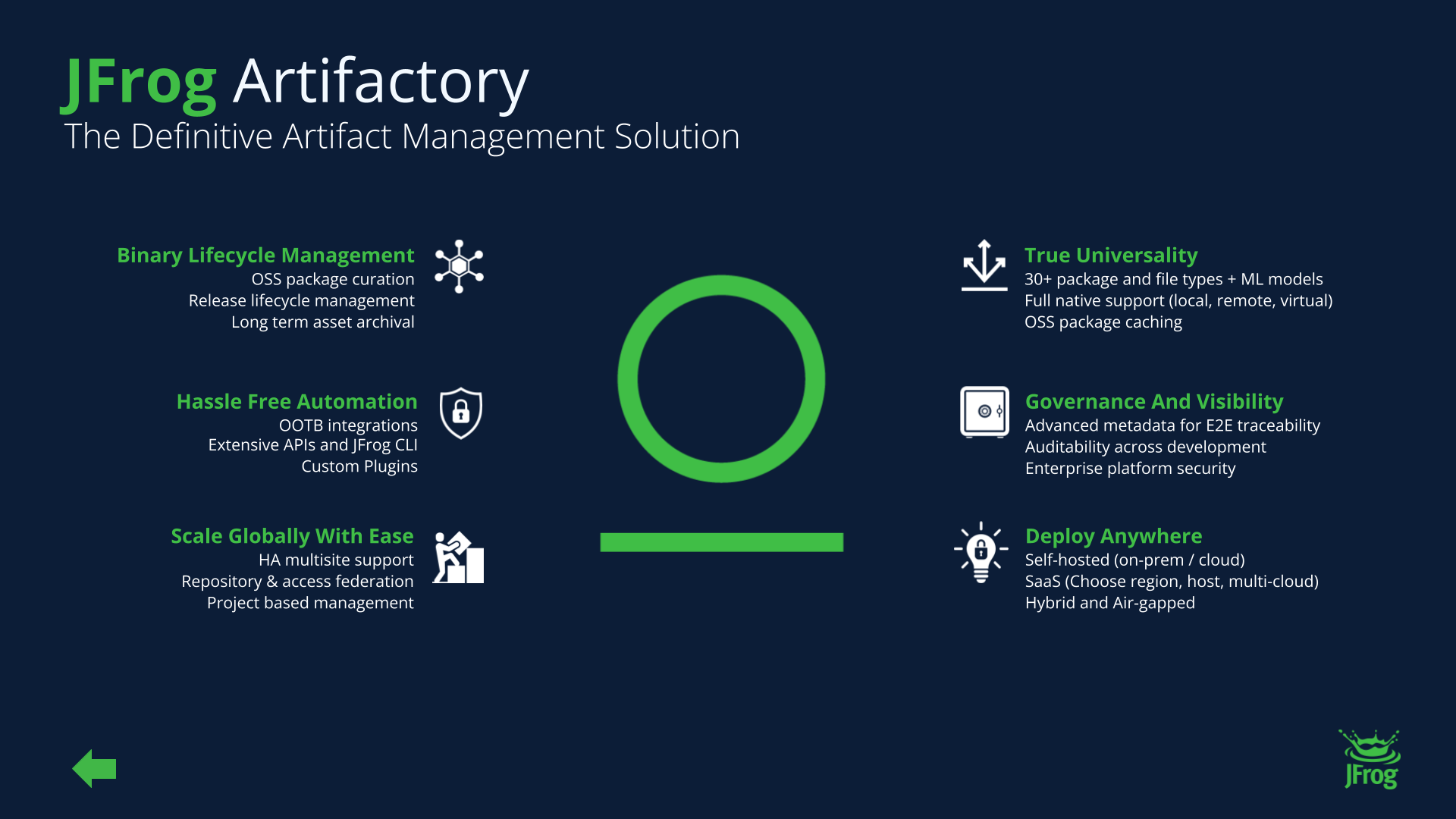Definition
Hashing uses a mathematical function to convert input data into a fixed-length hash value—a digital fingerprint of the original data. It enables fast lookups, supports indexing, and helps detect tampering by producing different outputs for even slight input changes.
Overview of Hashing
Hashing is the process of converting input data into a fixed-length string of characters using a mathematical algorithm called a hash function. It is widely used in software development and cybersecurity to support data integrity, secure authentication, and efficient data retrieval. Hashing helps ensure that data remains unchanged, traceable, and easy to verify across systems.
Why is Hashing Important?
Hashing is a foundational technique used to transform data into a fixed format for easier verification, storage, and retrieval. This section explains how hashing works conceptually, where it’s applied, and why it plays a critical role in today’s software development and cybersecurity.
Comparison of Hashing with Other Data Manipulation Techniques
Hashing is fundamentally different from techniques like encryption and compression, though all three involve transforming data to serve distinct purposes. While encryption secures data for confidentiality and compression reduces size for efficiency, hashing creates a fixed-length fingerprint to verify data integrity and support fast lookup operations.
- Hashing is a one-way process that converts input into a fixed-length digest. It is not reversible, meaning the original input cannot be retrieved from the hash. Its primary use is for data verification and indexing.
- Encryption is a two-way process that encodes data into ciphertext using a key, allowing the original data to be recovered by authorized users. It is used for confidentiality.
- Compression reduces the size of data for storage or transmission but is fully reversible. It does not offer any security or integrity guarantees.
Each technique serves a distinct purpose: hashing ensures integrity, encryption ensures confidentiality, and compression optimizes efficiency.
Brief History and Evolution of Hashing
Hashing originated in the 1950s as a method to accelerate data retrieval in early computing systems. It was first used in data structures like hash tables to support fast lookups. By the 1970s and 1980s, hashing became central to cryptography, enabling secure data verification and authentication.
As computing advanced, new hash algorithms were introduced to address emerging threats. Early algorithms like MD5 and SHA-1 became widely adopted but were eventually deprecated due to collision vulnerabilities. Modern algorithms such as SHA-256, SHA-3, and BLAKE3 offer greater resistance to attacks, better performance, and adaptability to new use cases in areas like blockchain, secure DevOps, and software supply chain protection.
How Does Hashing Work?
Hashing works by processing input data—whether it’s a string, file, or message—through a hash function that outputs a fixed-length sequence of characters. This output, known as a hash value or digest, uniquely represents the input in a consistent format, regardless of the input’s original size.
Hash functions are deterministic, meaning the same input will always produce the same hash. They are designed to be fast, irreversible, and sensitive to small changes in input. A minor modification to the original data results in a completely different hash, a behavior known as the avalanche effect. Strong hash functions also aim to minimize the chances of collisions, where two distinct inputs produce the same output.
The hashing process typically follows a few key steps. First, the input data is passed to the hash function. Internally, the function divides the data into blocks, applies compression or transformation algorithms, and mixes the bits using mathematical operations like bitwise shifts, modular arithmetic, and permutations. The result is a fixed-length output—commonly 128, 160, 256, or 512 bits—depending on the algorithm used.
For example, using SHA-256:
- Input:
hello world - Output:
b94d27b9934d3e08a52e52d7da7dabfac484efe37a5380ee9088f7ace2efcde9
If the input changes to hello World, the output becomes entirely different:
- Output:
7c211433f02071597741e6ff5a8ea34789abbf43a1f1ac776e3c8e1aa47e7b2d
This input-output transformation highlights how hashing can effectively detect changes, making it ideal for verifying data integrity.
What are the Benefits of Hashing?
Efficiency in Data Retrieval and Storage
Hashing improves system performance by enabling constant-time access to data in structures like hash tables. This is especially useful in high-volume environments such as database indexing, memory caching, and large-scale data storage systems. By mapping input data to specific locations in memory, hashing reduces search time and supports scalable application performance.
Data Integrity and Verification Through Hashes
Hashing helps verify that data has not been altered during transmission or storage. Systems generate a hash of the original data and compare it to a newly generated hash at the destination. If the values match, the data is considered unmodified. This approach is commonly used for validating downloaded files, verifying the authenticity of software packages, and maintaining consistency in backups or version control systems.
Applications in Various Fields Such as Cybersecurity and Database Management
In cybersecurity, hashing is used to protect sensitive information. Passwords are stored as hashed values rather than plaintext, reducing the impact of a database breach. Hashing also supports digital signatures, certificate validation, and blockchain operations. In database systems, hashing is used to speed up query performance and manage large datasets efficiently. Across these domains, hashing offers a reliable way to maintain trust, security, and performance.
What are the Limitations of Hashing?
While hashing is a fundamental tool in computing and cybersecurity, it is not without limitations. Understanding its constraints is essential to using it effectively and securely in modern systems. From the risk of collisions to the need for proper implementation, hashing must be applied with care to avoid introducing vulnerabilities or performance issues into critical workflows.
Understanding Hash Collisions and Their Implications
A hash collision occurs when two different inputs produce the same hash value. Although strong hash functions are designed to minimize this risk, collisions are mathematically inevitable due to the fixed length of hash outputs. In security-sensitive contexts, such as digital signatures or file verification, a successful collision attack could allow an attacker to substitute malicious data without detection. This is why algorithms like MD5 and SHA-1 are no longer considered safe for cryptographic use.
Limitations of Hash Functions in Terms of Security
Hashing alone does not provide confidentiality or access control. While it can confirm whether data has changed, it cannot prevent unauthorized access or reveal who made a change. Additionally, if hash functions are used without salting or other protective measures, they can be vulnerable to brute-force or rainbow table attacks. Poor implementation choices—such as using outdated or fast hash algorithms for password storage—can also expose systems to unnecessary risk.
Future Considerations in Hash Function Development
As computing power grows and attack methods evolve, hash functions must also adapt. Future hash function development will focus on increasing resistance to emerging threats, including those posed by quantum computing. Performance and scalability will also remain key considerations, especially for use cases involving real-time systems, blockchain, or IoT devices. Standards organizations like NIST continue to evaluate new algorithms to ensure long-term security and practicality in diverse environments.
What are Some Applications of Hashing?
Hashing is used across many areas of computer science, security, and software development. Its ability to efficiently map, verify, and protect data makes it a core component in both infrastructure and application-layer technologies. From accelerating database queries to securing passwords and verifying software artifacts, hashing plays a vital role in enabling fast, scalable, and trustworthy digital systems.
Use of Hashing in Data Structures, Such as Hash Tables
One of the earliest and most common uses of hashing is in data structures like hash tables. These structures use hash functions to assign keys to specific positions in memory, allowing for fast data insertion, retrieval, and deletion. This is especially valuable in applications that require real-time performance, such as compilers, caching systems, and large-scale databases. Hash-based indexing enables constant-time complexity on average, even with large datasets.
Role of Hashing in Cybersecurity, Including Password Storage
In cybersecurity, hashing serves as a foundational technique for securing sensitive data. Passwords are never stored in plaintext; instead, systems store their hashed equivalents. During authentication, the entered password is hashed and compared to the stored hash—if they match, access is granted. When combined with salting, this approach protects against common attack vectors like dictionary and rainbow table attacks.
Hashing also supports digital signatures, certificate validation, and secure software distribution. It’s a critical component of maintaining trust in communication, ensuring message authenticity, and detecting tampering in software artifacts or documents.
Examples of Industries and Scenarios Utilizing Hashing
Hashing is widely applied across industries and use cases:
- Finance: Used to secure transaction records, audit logs, and sensitive customer data.
- Healthcare: Helps protect patient information and ensure the integrity of electronic medical records.
- Software Development: Ensures code consistency in CI/CD pipelines and verifies the integrity of dependencies via Software Bill of Materials (SBOMs).
- Blockchain and Web3: Underpins consensus mechanisms and ensures immutability of distributed ledgers.
- Cloud Services: Enables secure caching, distributed storage verification, and access control validation.
From securing credentials to optimizing system performance, hashing enables scalable and trustworthy operations across nearly every digital environment.
What are Best Practices for Hashing?
Applying hashing effectively requires more than just selecting an algorithm—it involves understanding the context, implementing it securely, and maintaining it over time. The following best practices help ensure that hashing supports both performance and security goals.
Choosing the Right Hash Function for Specific Applications
Not all hash functions are suitable for every use case. For general data integrity checks, functions like SHA-256 or BLAKE3 offer a good balance of speed and security. For password storage, however, cryptographic hash functions that are deliberately slow – such as bcrypt, scrypt, or Argon2 – are preferred. These algorithms include built-in mechanisms to resist brute-force attacks by increasing computational difficulty.
Outdated functions like MD5 and SHA-1 should be avoided, especially in cryptographic contexts, due to their vulnerability to collision attacks.
Implementation Tips for Effective Hashing
Secure implementation is as important as the choice of algorithm. Use well-established cryptographic libraries instead of creating custom hash functions. Always salt sensitive inputs like passwords to ensure unique hashes and prevent attackers from using precomputed lookup tables.
Ensure consistent handling of character encodings and input formats, especially when hashing structured data or transmitting values between systems. Incorrect encoding can lead to inconsistent hash results across platforms or languages.
Hashing should also be integrated into CI/CD workflows, artifact repositories, and authentication systems using standardized practices and automated checks wherever possible.
Regular Updates and Maintenance for Hashing Algorithms
Hash functions must be reviewed and updated periodically to stay ahead of evolving threats. Monitor guidance from standards bodies like NIST for algorithm deprecation notices or new cryptographic recommendations. As part of routine security reviews, audit systems for continued use of weak or outdated functions and plan migrations to stronger alternatives when necessary.
Maintaining algorithm agility—the ability to switch to a different hash function without major architectural changes—can help future-proof systems and reduce technical debt over time.
How JFrog Supports Hashing
JFrog supports secure software development by using hashing to ensure artifact integrity, traceability, and consistency throughout the software delivery lifecycle. Artifactory automatically generates and stores hash values (such as SHA-256) for all binaries, helping teams detect tampering and verify the authenticity of components.
Hashes are also used to support SBOM creation, vulnerability scanning, and promotion workflows. By embedding hashing into artifact management and metadata tracking, JFrog enables organizations to strengthen supply chain security without disrupting development speed.
For more information, please visit our website, take a virtual tour, or set up a one-on-one demo at your convenience.








